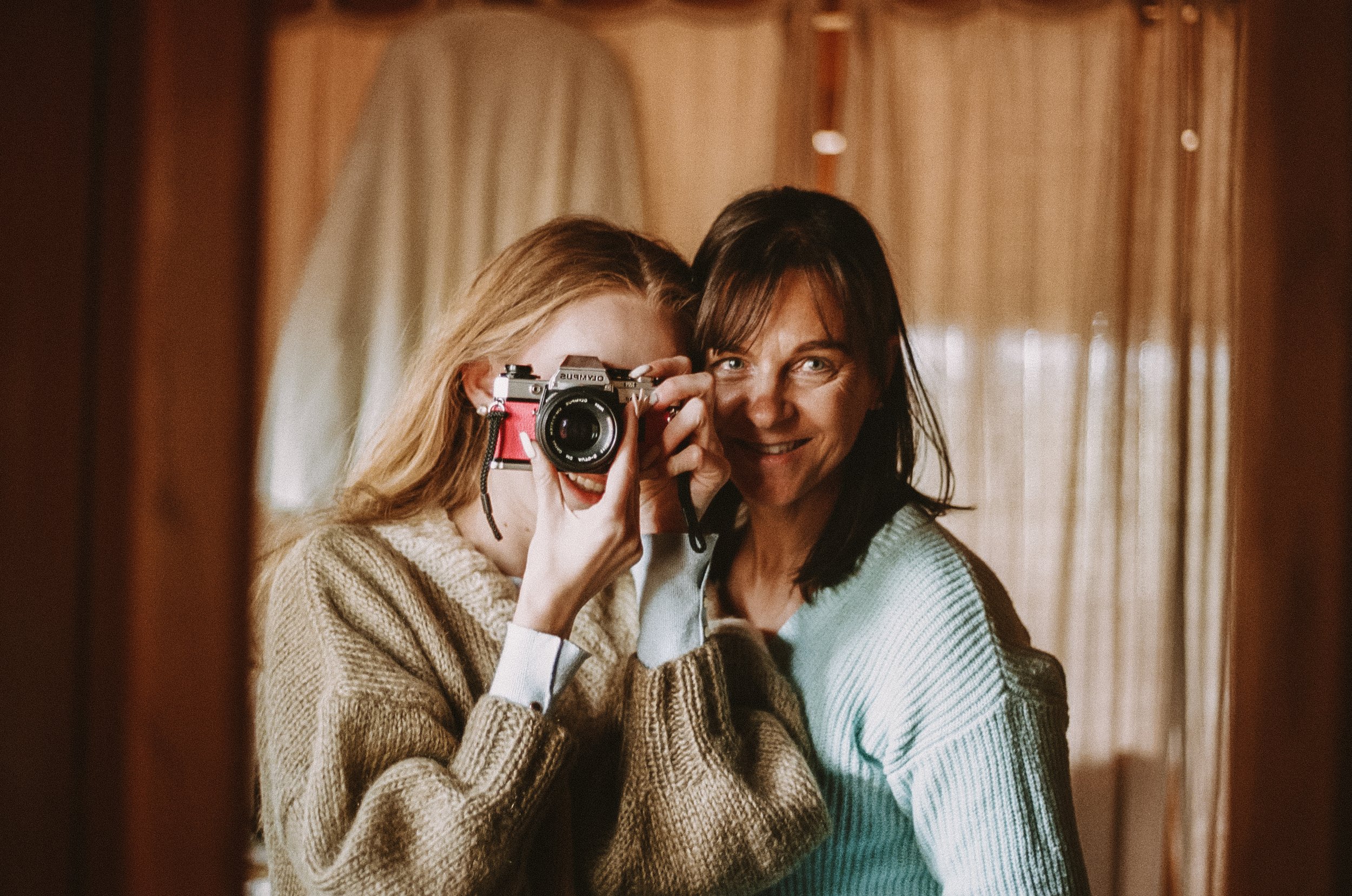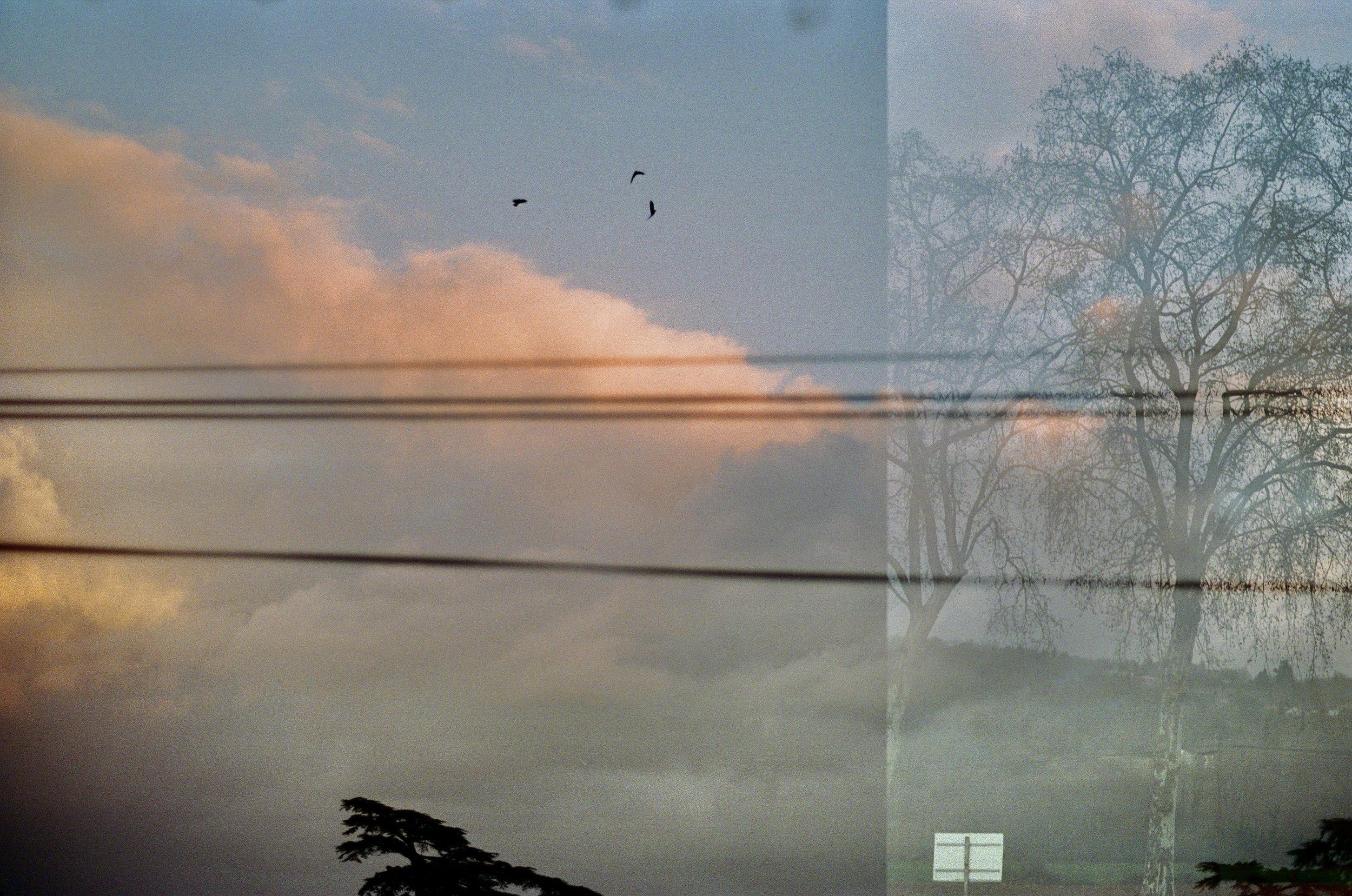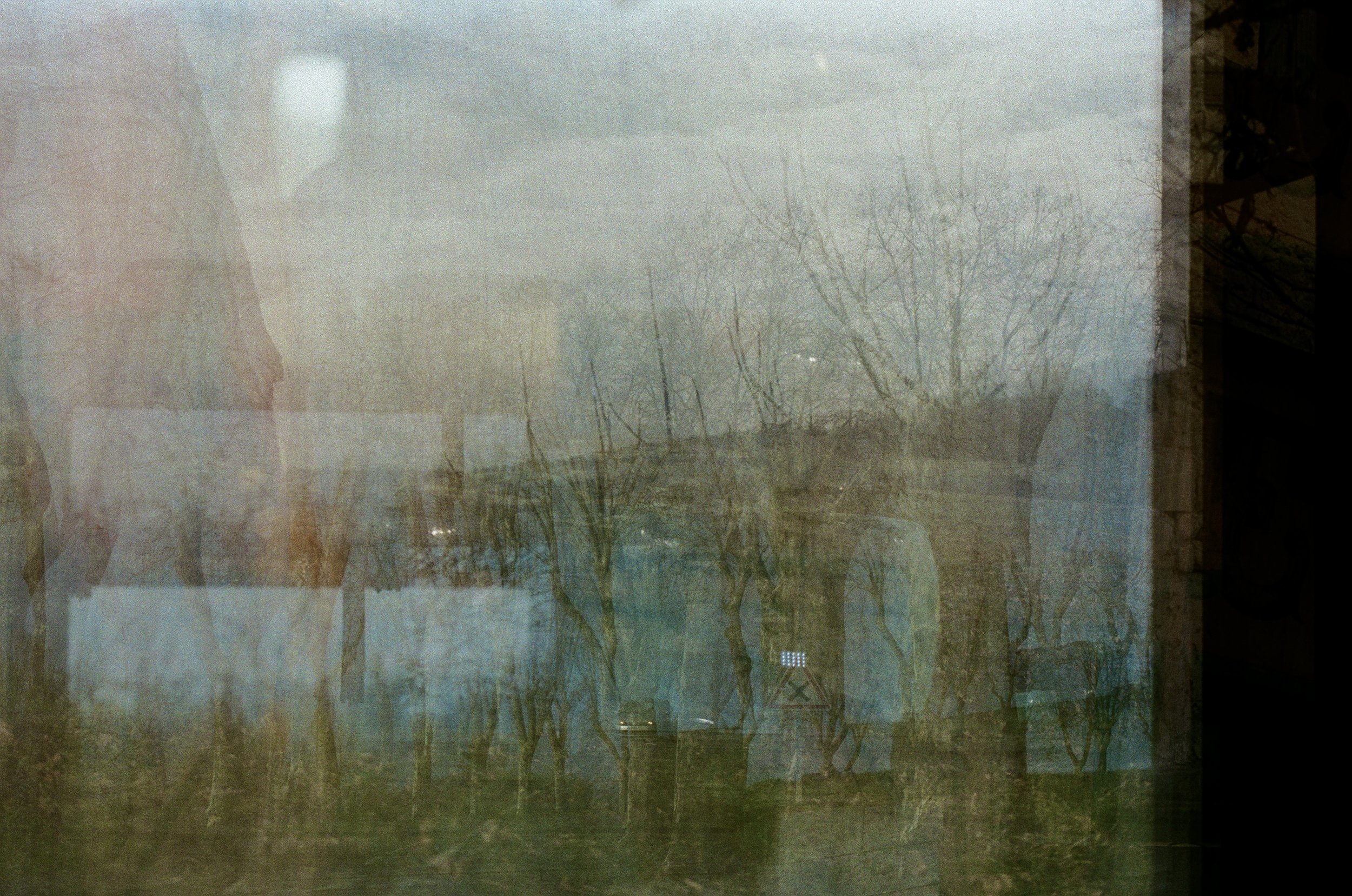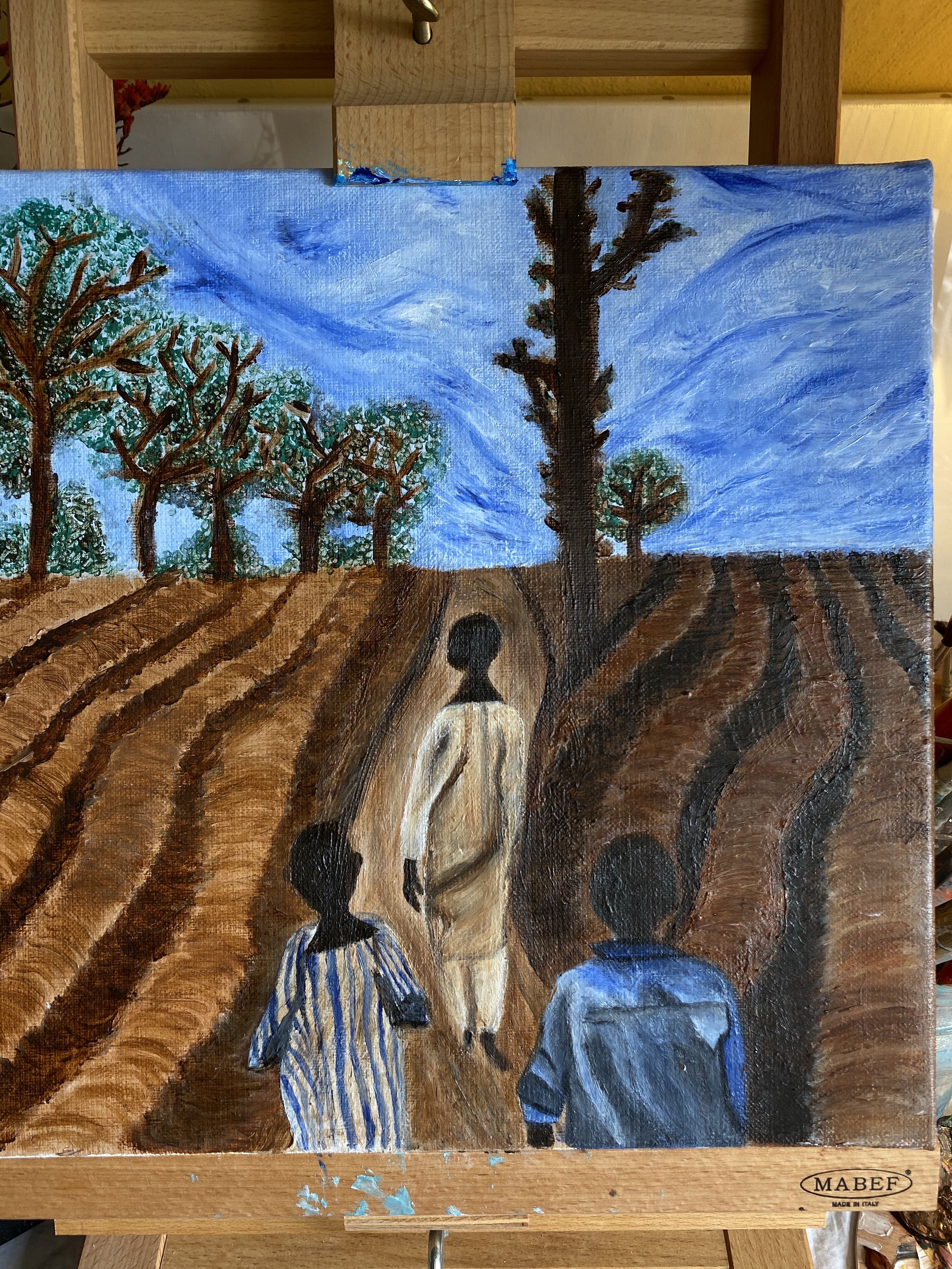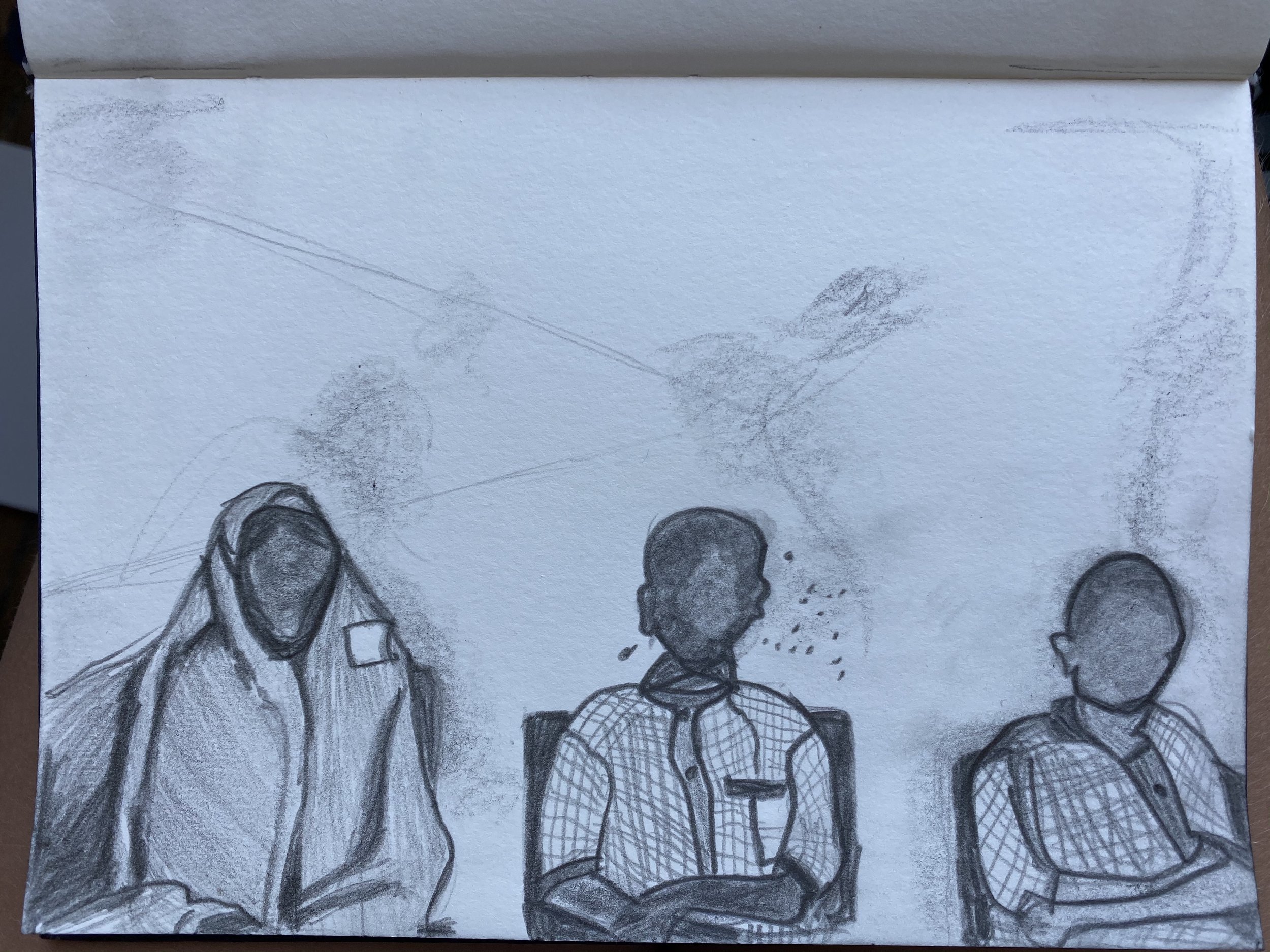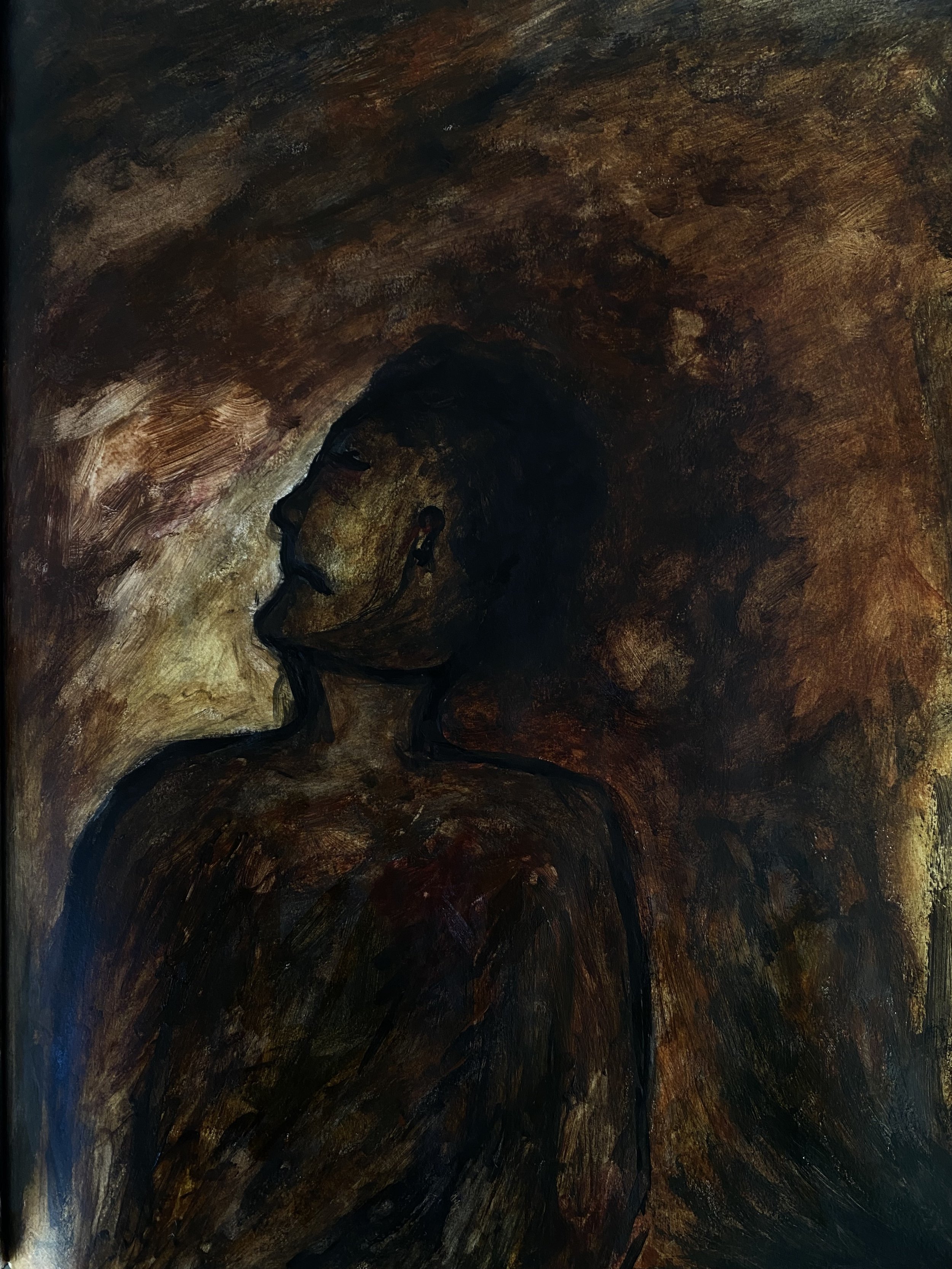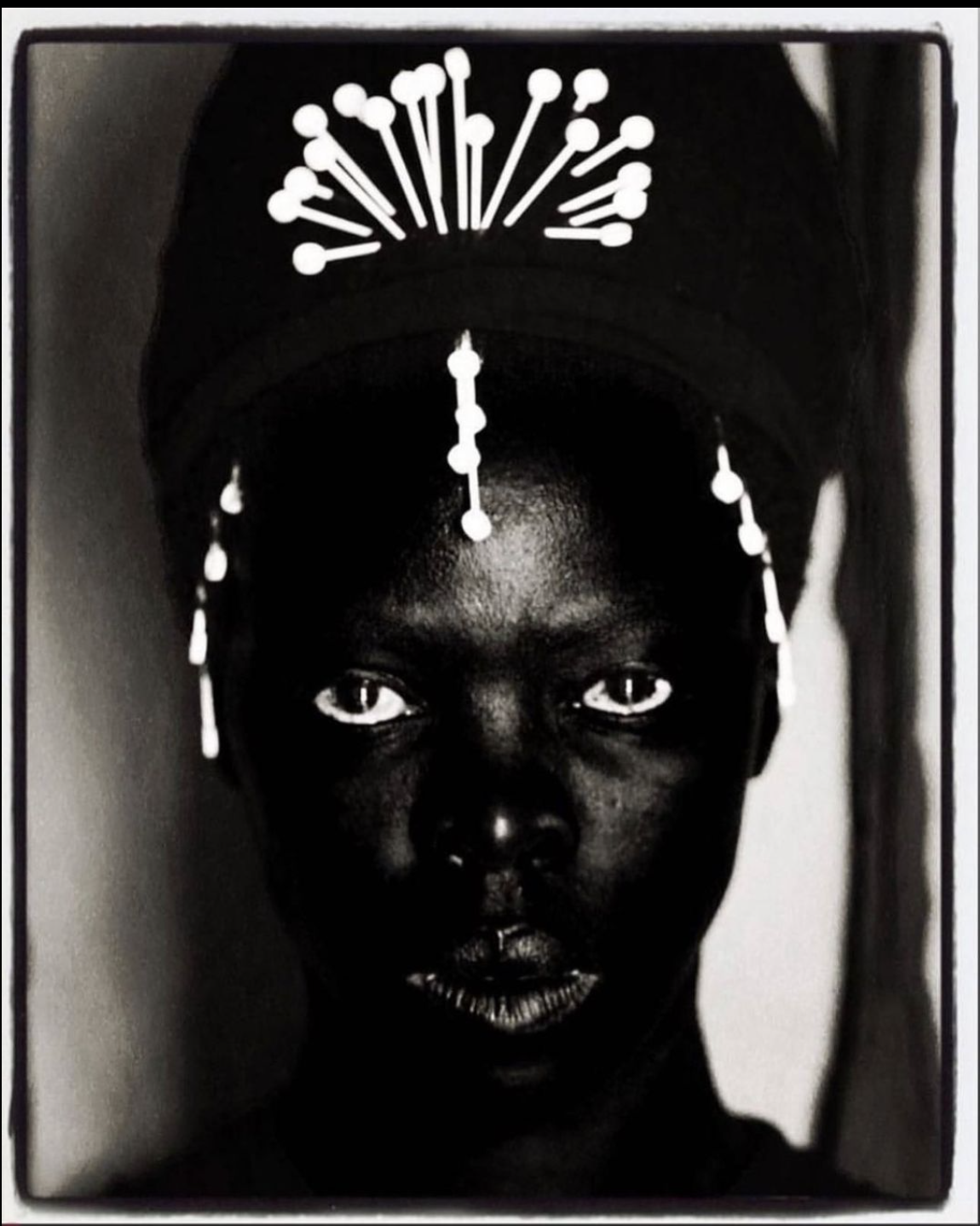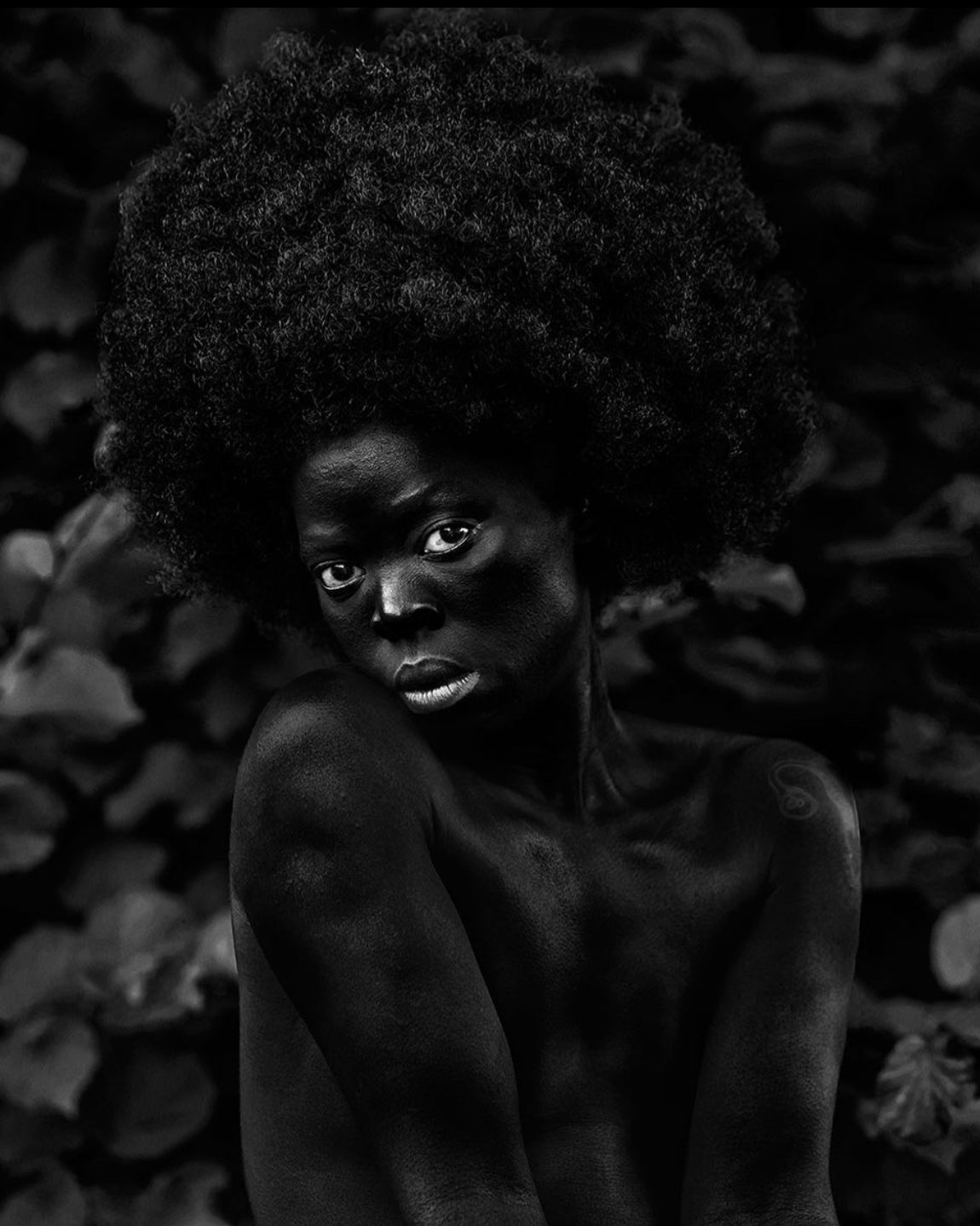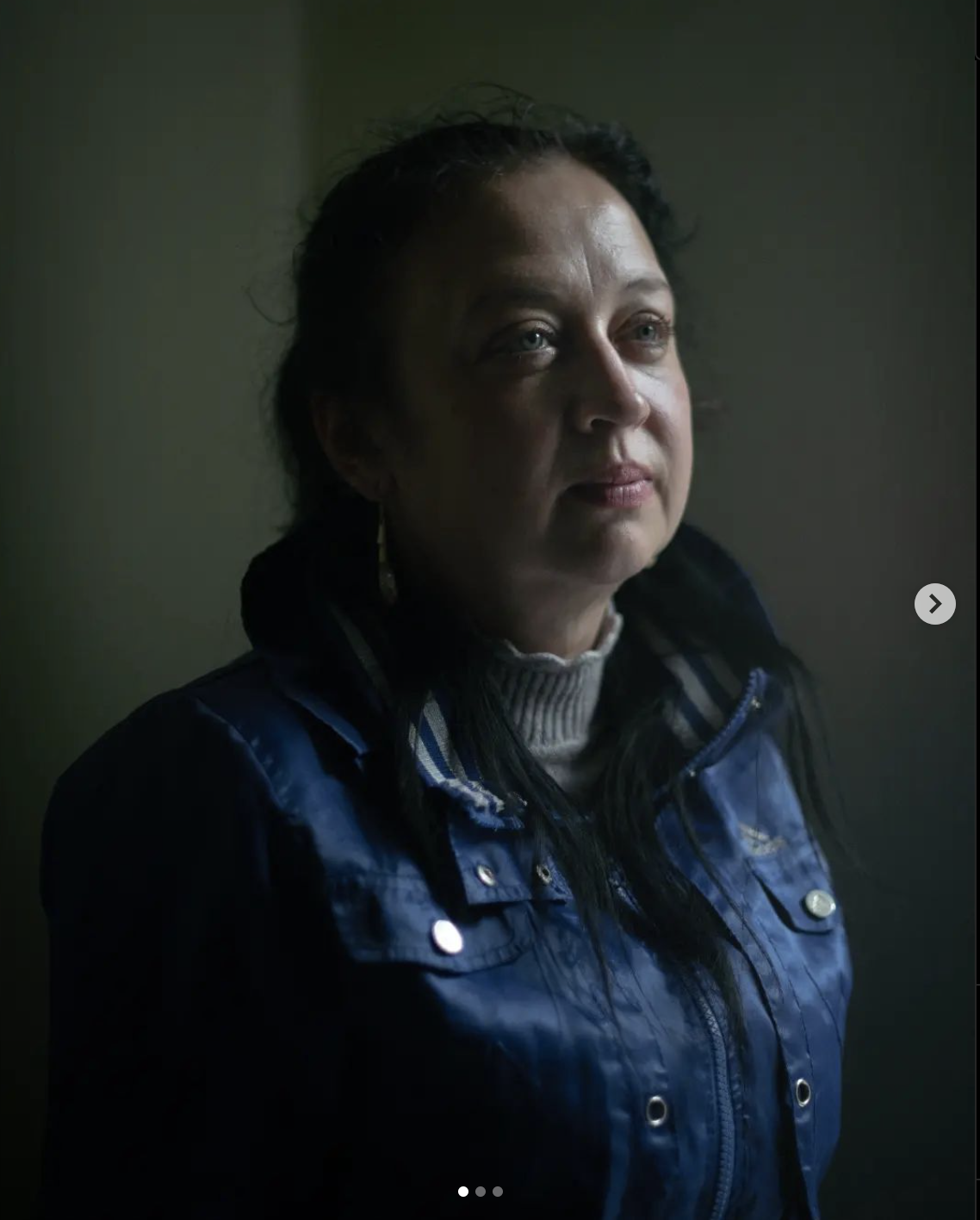How I (Re) Discovered Inspiration in Nigeria
As all artists struggle with the ebb and flow of creativity and inspiration, I found myself in the deep trenches of it in Nigeria. What was supposed to be a trip full of creativity and limitlessness often felt the opposite. Photographing sensitive stories always requires specific steps that need to be taken. You must maintain a creative mindset throughout all of the logistics to take the photo. This includes patiently waiting for permissions to be granted, overcoming the frequently encountered objection that you cannot pay someone to be interviewed for a story, assuring that identities will be kept secret, preparing questions, and mindfully listening to someone's story.
For those who don’t know, I was living with a family whom I met in 2019 during my time in Maiduguri photographing the elections. For the past five years, we have remained close in communication, and I was frequently reminded to come to stay with them the next time I visited since I’m their “eldest daughter.” As time passed and I developed the story I wanted to do more specifically, I was eager to include them and their families stories in the project. But this wasn’t assumed; I had left for Nigeria intending to keep them out of it for security purposes and also because I did not have permission to include them. One evening, I was sitting with the father of the family outside. The lemon tree’s scent and the sun reverberated through us until they perforated our skin, forming beads of sweat that ran down our cheeks. He asked me how my project was going and I told him that it felt like I had little pieces and details (which are just as important), but that I didn’t have the main story— what gave the project substance. He nodded along, as fathers do, with his elbows on his knees, both hands joined in a fist, and softly told me that I had his family’s story to tell if I wanted to. And with such a simple but weighted statement, he got up and left.
I realized that my perspective had to change to not only find my story but also turn it back to every moment that happened in the house. To quote something I wrote in my Substack earlier,
“I had to look further into the monotony of daily life and photograph moments that seemingly ended before they began. Spending days in the garden feeding the bunnies watermelon grinds, watching the older sister cook pink pancakes with her baby sister at sunset, climbing lime trees, and playing in the storm were all part of this project.”
For the past two years, I have been shooting film on my assignments, and although frustrating at times, I have always appreciated the outcome. However, I was in Nigeria for 45 days, unlike Ukraine or Afghanistan. Routine set in quickly, and the eye for the exciting, new things I saw quickly faded. Most of my time was spent waiting for logistics to get settled of finding people relevant to the story and the green light to interview/photograph them. I became increasingly frustrated with my inability to see what I had taken so far, there was nothing for me to compare and then adjust. I felt like my settings were off, I kept missing moments, and the lighting was never good.
Some of the younger kids, eight and four years old, became curious when they saw my camera one evening. Of course, I would let them snap some photos, but I went to get my digital camera so I could conserve film. (That and part of the fun as a kid is seeing what you photographed immediately after). I put the strap around the eight-year-old boy’s neck and showed him what button to press. He wandered around the house and took pictures of his family. I watched as it brought people to hold each other, smile, and laugh. We made a plan for our next lesson in photography. I decided that I needed to shoot with the digital camera for at least a day, to practice seeing and adjusting. I wanted to photograph things that were inherently personal about my stay there and that was a part of my everyday.
The first thing I thought to photograph was the bathroom. Where the days were marked by the relieving cold shower I took every night. I thought about the nights when there was no electricity and I showered with the light of my phone while the owls shuffled their feet on the roof. I thought about the night when I was the sweatiest I had ever been and the only thing I was thinking about was my nightly shower—turned the knob, and no water came out. I thought about how the temperature of the water was determined by the weather that day since the water tank was kept on a high platform outside. On the coldest days, the water would take my breath away. On the hottest days, the humidity would linger in my hair and scalp, so that by the time the water would reach my toes it was warmed. I took pictures of the bright green walls, the water, and the place I would hang my towel.
That day I also brought my camera to a meeting, me and the eight-year-old boy would take turns photographing the flowers and people. By the end of the day, I could envision better how the colors of the project would flow together. Although I have a love of black and white, I wanted this project to be vibrant and saturated imagery, for it to reflect the chaotic and bright patterns of the clothes here. I also wanted to do the opposite of what a viewer would expect. A story about Boko Haram survivors and rehabilitated members, “should be” more cool-toned and unsaturated. Life in Maiduguri is beginning to resettle into a state of peace as the people can finally start the process of healing from the insurgency. Most of all, I wanted the project to reflect that.
I would lay every evening in my bed with my eyes closed trying to remember the moments I clicked the film camera shutter and stitching the images together with the digital ones.
Every day I set aside time to write, and I'm so glad I did because without it, I might have let some events pass unrecorded. For me, writing was all about forcing myself to see things from a different angle so I could see everyday events in front of me in a new light. I was able to find inspiration again through my writing and time spent with my digital camera.
In a very ironic sense, I originally turned to film as a way to boost my creativity and be less obsessed over seeing my photos instantly. However, creativity is not linear. Changing your methods isn’t something to be associated with failure and I’m happy to have learned that this trip.
Even if it sounds ridiculous to say, I went all the way to Nigeria to take a picture of a shower.














